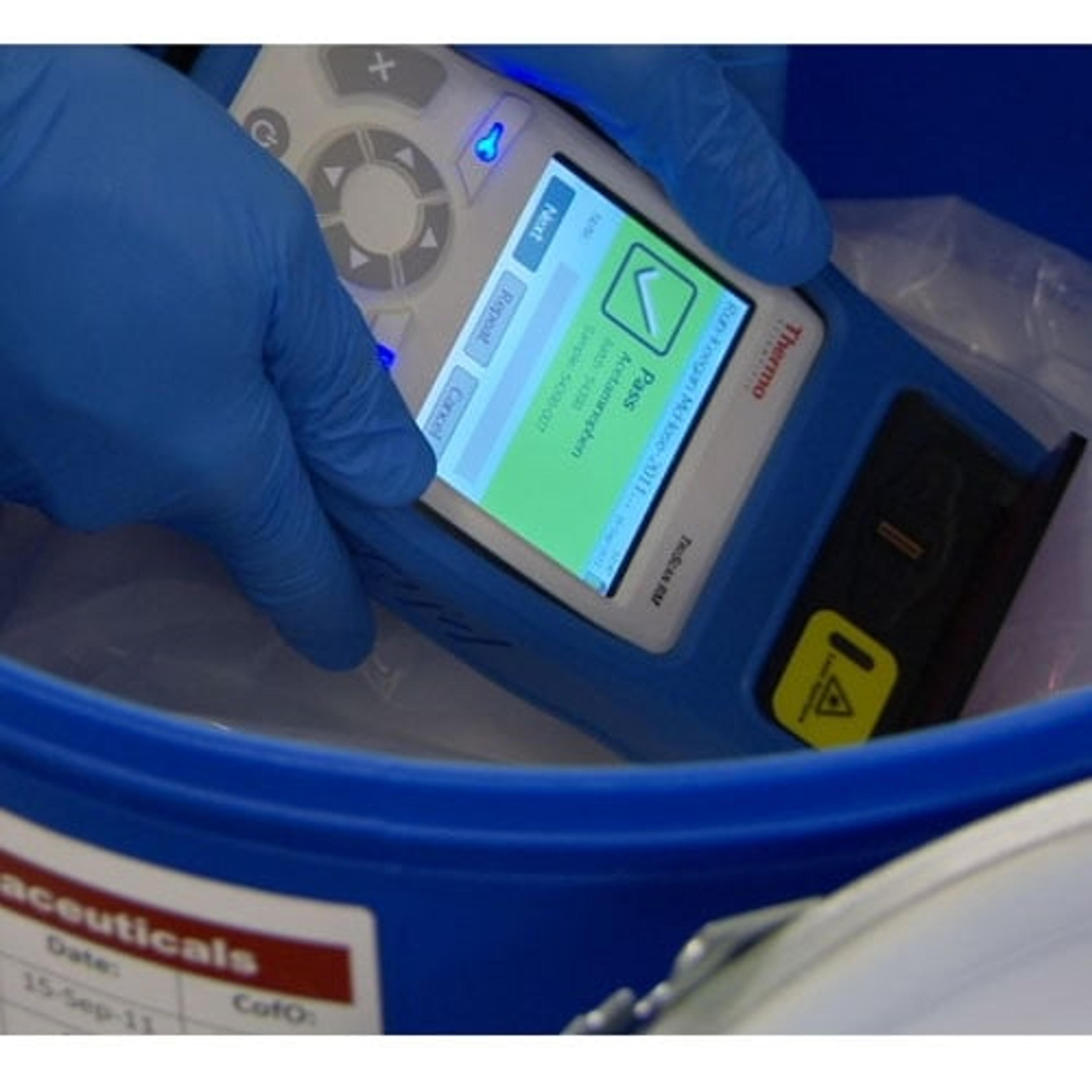Lean manufacturing practices with Raman spectroscopy for biopharmaceutical production
Watch this on-demand webinar to learn more about the implementation of Raman spectroscopy for final product identification
13 Jun 2021

As biopharmaceutical manufacturers increase their testing regimes and their efforts to raise current production levels, due to bottlenecks in current testing procedures, it’s not always easy to shorten testing times.
In this recent SelectScience webinar, now available on demand, Shaileshkumar Karavadra from Thermo Fisher Scientific, addresses the role of Raman spectroscopy in the rapid release of raw materials through identity testing and real-time release testing of final products such as vaccines, hormones and monoclonal antibodies.
Watch on demandRead on for highlights from the Q&A discussion and find out how Raman spectroscopy can be used to minimize production bottlenecks.
Q: What are the benefits of using Raman spectroscopy for biopharmaceutical manufacturing?
SK: Raman spectroscopy offers a unique advantage because it's insensitive to water and in biopharma there are aqueous formulations – so even a very low concentration of drug product can be measured. It's also not sensitive to packaging because of the confocal aspect of the measurement, so we can measure directly through different kinds of primary packaging which are used in biopharmaceutical production like glass vials, for example.
Q: Does the end-user need to build their own spectral library or can the spectral library be accessed from Thermo Fisher Scientific, for example?
SK: For the spectral libraries, when we speak about the raw material quality control tests, then the guidelines specifically suggest that the person or the institute using the analyzer will have to build it by themselves, using their own reference standards or reference standards provided by the supplier of the raw material. There is an explicit regulatory requirement about building the library and validating it and it applies to the Raman near-infrared spectroscopy.
Q: How many different laser wavelengths can be used in DXR Raman microscopy?
SK: So, with DXR SmartRaman microscopy and SmartRaman macro spectrometer, we have the options of using four different lasers with different configurations: high power, low power, we can look at the full wavelength, and we have an extended wavelength option as well.
Q: Can Raman spectroscopy be used to identify counterfeit drugs? What sort of laser source would you use for this?
SK: It can be used to identify counterfeit drugs and there are various solutions available. One of our key portables, TruScan RM, is being used in the field to detect counterfeit drugs. If you want to do something more in terms of getting through the primary packaging, not allowing fluorescence in your measurements or having more capability for doing quantitative work, then SmartRaman can be an ideal solution.
Q: Do you have a solution for background fluorescence?
SK: Background fluorescence really depends on the molecule that you analyze, and typically when you go on a higher wavelength, you tend to get low fluorescence. But what I see from experience is that even with a 532-nanometer laser and with very highly fluorescing molecules like MAVS, we were able to get an excellent spectrum in less than a minute. It really depends on your molecule, how sensitive the system is, which laser you use, of course, but with our recent experience even in biopharma, we could measure the samples with a 532-nanometer laser.
Q: How can the device measure through glass vials without interfering glass peaks and still having high signal intensities?
SK: As you may know we are doing a confocal measurement, so we are pointing the laser within the glass vial and glass vials do play a part when you use, for example, 785-nanometer lasers because there is very high fluorescence present because of the glass vial itself. But, by measuring using lower wavelength lasers like 532-nanometer and making sure that the focus is within the material, you can really mitigate the effects of the glass peaks.
Learn more about the use of Raman spectroscopy within biopharmaceutical production: Watch this webinar on demand>>
SelectScience runs 10+ webinars a month across various scientific topics, discover more of our upcoming webinars>>


